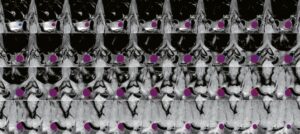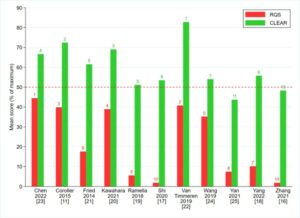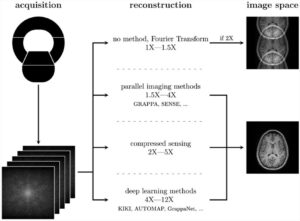Future generations of patients are very likely to get more involved in decisions regarding their healthcare according to the motto “nothing about me without me”. The deployment of electronic patient portals increasingly allows patients throughout Europe to consult and share their medical data, including radiology reports and images, securely and timely online. Technical solutions and rules for releasing reports and images on patient portals may differ among institutions, regions and countries, and radiologists should therefore be familiar with the criteria by which reports and images are made available to their patients. Radiologists may also be solicited by patients who wish to discuss complex or critical imaging findings directly with the imaging expert who is responsible for the diagnosis. This emphasises the importance of radiologists’ communication skills as well as appropriate and efficient communication pathways and methods including electronic tools. Radiologists may also have to think about adapting reports as their final product in order to enable both referrers and patients to understand imaging findings.
Actionable reports for a medical audience require structured, organ-specific terms and quantitative information, whereas patient-friendly summaries should preferably be based on consumer health language and include explanatory multimedia support or hyperlinks. In order to achieve this in the European setting with its cultural and linguistic diversity, the development of dedicated software solutions will require close collaboration between radiologists, patient representatives and engineers. Software tools using artificial intelligence and natural language processing could potentially be useful in this context. By engaging actively in the challenges that are associated with increased communication with their patients, radiologists will not only have the opportunity to contribute to patient-centred care but also enhance the clinical relevance and visibility of their profession to patients.
Key points
- As an increasing number of patients can access their radiology reports and images through electronic patient portals, radiologists and radiology departments should prepare for more direct communication with patients who may have questions about imaging results or request second opinions, especially in the context of advanced imaging studies.
- Patient-centred communication requires simplified, patient-friendly radiology reports using consumer health vocabularies and explanations.
- Patients’ use of online portals creates both challenges and opportunities for radiologists.
Authors: Christoph D. Becker & Elmar Kotter













